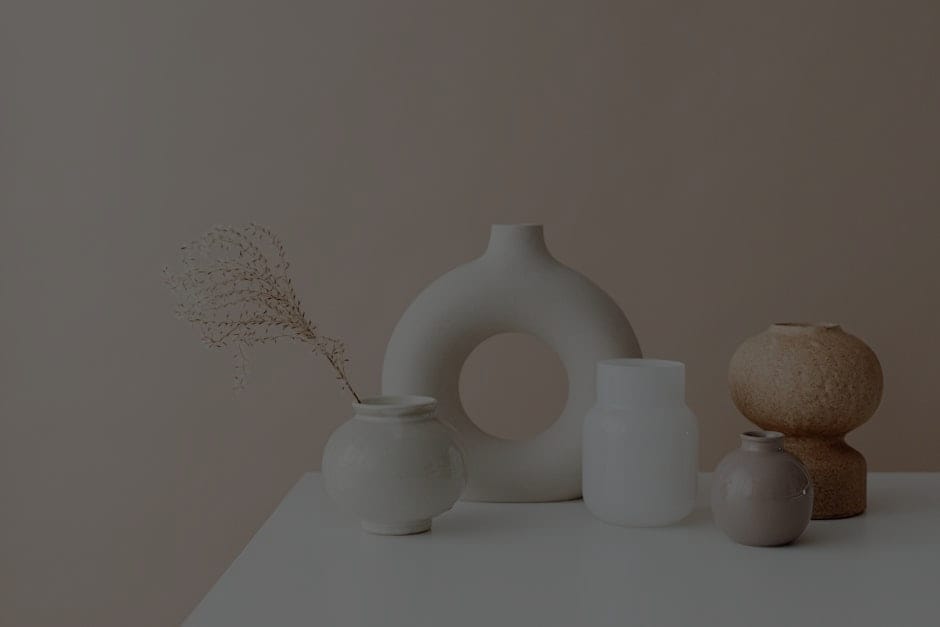**Abstract:** Discover how to harmonize your living space with Feng Shui principles. This guide offers practical tips for balanced home design, enhancing both aesthetics and energy flow.
Understanding Feng Shui Principles
Feng Shui is an ancient Chinese practice focused on creating harmony between individuals and their environment. At its core, it emphasizes the flow of energy, or “Chi,” within a space. By understanding these principles, you can transform your home into a sanctuary that promotes well-being and balance. The arrangement of furniture, the choice of colors, and the placement of decorative items all play crucial roles in achieving a harmonious environment. When done correctly, Feng Shui can enhance your mood, productivity, and overall quality of life.
Creating a Balanced Layout
The layout of your home significantly impacts the energy flow. Start by decluttering your space, as excess items can block Chi and create chaos. Consider using the Bagua map, a Feng Shui tool that helps you identify areas of your home that correspond to different aspects of your life, such as wealth, relationships, and health. Each section should be thoughtfully arranged to encourage positive energy. For instance, placing a mirror in the wealth corner can help amplify prosperity, while ensuring that pathways are clear allows for smooth energy flow.
Color Choices for Positive Energy
Colors hold immense power in Feng Shui, influencing emotions and energy levels. For instance, warm colors like red and orange can stimulate energy and passion, while cool colors like blue and green promote tranquility and relaxation. When decorating your space, consider the mood you want to create. Use the five elements of Feng Shui—wood, fire, earth, metal, and water—to choose colors that resonate with your intentions. A well-balanced color palette can enhance the overall energy of your home, creating an inviting atmosphere.
Incorporating Natural Elements
Bringing nature indoors is essential for creating a balanced environment. Incorporate plants, natural materials, and organic shapes into your decor. Plants not only purify the air but also symbolize growth and vitality. Choose varieties that thrive indoors, such as peace lilies or snake plants. Additionally, using wooden furniture or stone accents can ground your space and connect it to the earth. The presence of natural elements fosters a sense of calm and stability, which is essential in Feng Shui design.
Strategic Placement of Decorative Items
The placement of decorative items is crucial in Feng Shui. Art and ornaments should inspire positive feelings and represent your aspirations. Avoid cluttered shelves; instead, select a few meaningful pieces that resonate with your personal journey. Water features, such as fountains or aquariums, can enhance prosperity and tranquility. Position them strategically to ensure that the energy flows smoothly throughout your space. Remember, each decorative item should serve a purpose, whether it’s to inspire, uplift, or bring balance to your home.
Maintaining Energy Flow
Regular maintenance of your space is vital for sustaining positive energy. Make it a habit to rearrange furniture periodically, allowing fresh energy to circulate. Regularly clean and declutter to prevent stagnation. Incorporate rituals, such as lighting candles or burning incense, to cleanse the space and invite new energy. Staying attuned to the energy in your home will help you identify areas that may need adjustments, ensuring that your living space remains a harmonious sanctuary.
In conclusion, decorating with Feng Shui principles is not just about aesthetics; it’s about creating a balanced and harmonious environment that nurtures your well-being. By understanding and implementing these practices, you can enhance your home’s energy flow, leading to a more fulfilling and balanced life. Embrace the journey of transforming your space, and watch as it positively impacts your life in countless ways.










